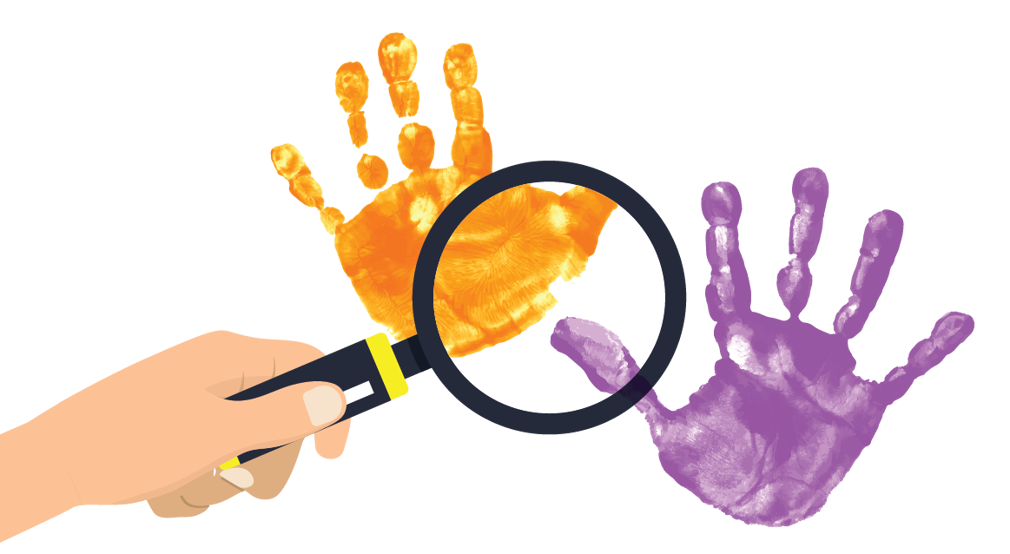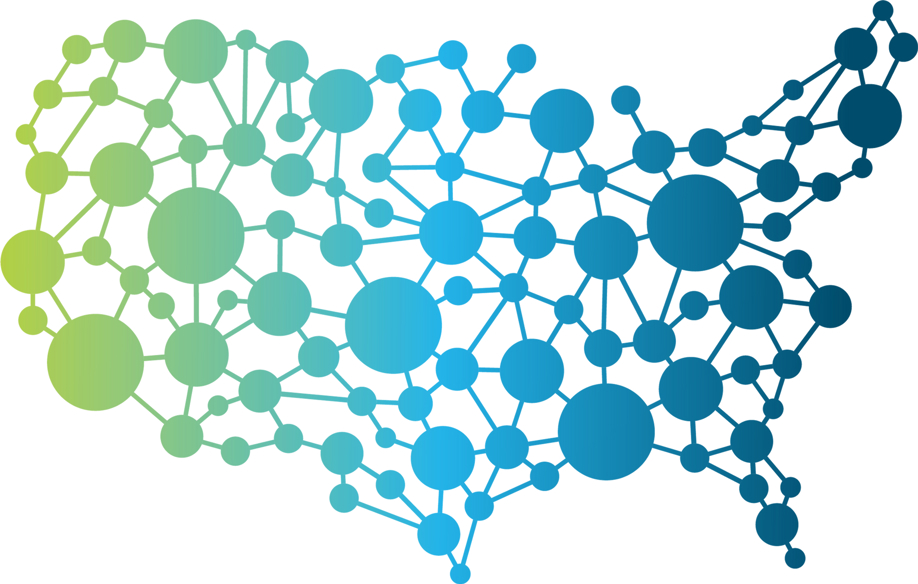
Computer Science Activities That Don't Require a Computer!

- Related Topics:
- The Tech at Home,
- Education,
- STEM
Computer Science Ed Week presents an opportunity for caregivers and educators to bring computer science to their learners. But don’t you need to be a programmer or computer expert to teach computer science?
Not at all! Computational Thinking skills are fundamental in computer science and are actually pretty common both at home and in the classroom. Here are some ways (including free lesson plans and activities) to set your learners up for success with Computational Thinking — and there’s a good chance you’ve already started.
First, a pep talk!
YOU CAN DO THIS. You do not need to know how to code or how a circuit board works to get your learners excited about Computational Thinking. It’s not just a technical skill, but a problem-solving mindset. You encourage your learners to solve problems every day. We’re going to help you recognize how you already do this and give you some simple tips to do more.
Think like a computer
Some of the best programmers in the world got their start without ever writing a line of code. They know how to break down complex problems, recognize patterns, write instructions (algorithms) and pull out what’s important to solve the problem. Your learners likely do this already, no matter the subject you teach.
Did they break down the phonics of a word or classify species? Sounds like decomposition and pattern recognition to us. Did they follow a recipe or use FOIL? Looks like they used an algorithm to work through a problem. Computational Thinking is a core problem-solving process that can be used by anyone!

Our Tech Academies team breaks down how this works in this Tech Tip: Computational Thinking guide, created in partnership with our friends at San Jose State University, College of Science.
Bonus! Put up these posters in your digital or physical classroom or share them with a learner who needs some problem-solving inspo. Also, available in Spanish.
Unplugged Activities
You don’t need technology like robotics or video games to teach computer science. Instead of getting overwhelmed planning a really technical lesson, one easy goal for #CSEdWeek is to count how many times you’ve asked your learners to solve a problem or recognize a pattern. Give yourself extra credit for drawing that career connection for students: “Great observation! Computer scientists also use patterns. Could be an interesting career for you.”
1. Butterfly Algorithms

This fun activity is ideal for younger learners. As they study the life cycle of butterflies, you can use this activity to demonstrate how the different stages of that life cycle are like an algorithm. An algorithm is essentially logical steps in a process, like instructions or directions, and it's a key aspect of computational thinking.
You can stop there, or take it an extra step by having them program it on a computer using Scratch, which is free and open-source.
2. What's Happening to the Pikas?

Meet Peeta the Pika! As a species, Peeta and his pika pals just love the snowy mountains of Western North America. But with climate change heating things up, these cute pikas need our help. In this activity, use computational thinking skills to learn how to protect Peeta's home and help his family survive. Get ready to save the world, one pika at a time!
3. Get in the Game

Board games are a fun way of passing the time with friends and family, but did you ever wish you could create your own? In this activity, you will use computational thinking to design your own board game!
We love this activity because it also comes with a series of videos featuring Dr. Siobhan Day Grady, Ph.D., an associate professor currently researching Artificial Intelligence and self-driving cars. It’s a great way to also break stereotypes and help girls and students of color see themselves in STEM.
This activity was developed with the support of the Association of Science and Technology Centers (ASTC) and the If/Then Initiative, part of whose mission is to inspire girls to pursue interests in STEM careers by better representing women in STEM through media and learning experiences.
4. Responsible Reservoirs

In this game, you’re the mayor of a small town and have to make some hard decisions about the effects of a water dam on the environment and your citizens. The game teaches decomposition with environmental flair — and is a great real-world scenario. Bonus! It was developed by a cohort of teachers in our Tech Academies program.
5. Decontamination Algorithm

While it can be obvious when something has visible dirt on it, it’s harder to tell when something has invisible contamination that needs to be cleaned away! Sticky handprints from a PB&J sandwich, food and pet allergens, pollen, and germs can all be hard to spot. Can you create a series of questions, or an algorithm, to help figure out what surfaces have been touched and contaminated?
Bonus Holiday twist: Ask your students to track down who ate the last holiday cookie or find where presents are hidden.
6. Puzzling Procedures

In this fun activity, you’ll think like a computer by applying computational thinking skills to jigsaw puzzles. In addition to doing a puzzle, you’ll create an algorithm or set of instructions to help someone else solve jigsaw puzzles.
6. Redistricting Unplugged

This activity learners examine the real-world puzzle of redistricting. Creating an unbiased map can be so complex, some governments have turned to computer scientists to figure it out. In this lesson, students use abstraction to draw their own version of an electoral map.
 Skip Navigation
Skip Navigation
